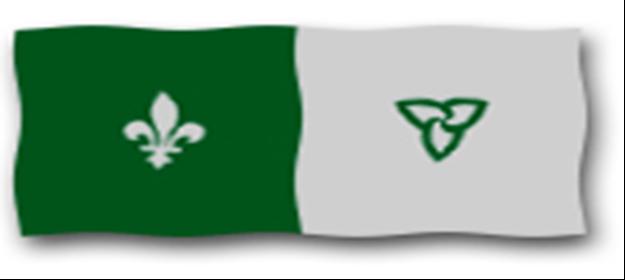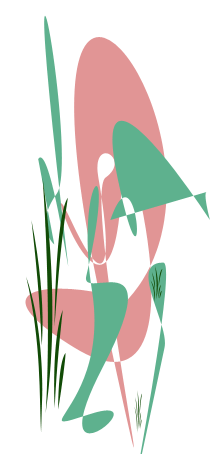
The
University of Western Ontario
Department of French
University College 138B
FR 002~002: Supplément de la grammaire
Chapitre 3
This week we have been examining how to negotiate an unknown french city: how to ask for and understand directions, use of polite forms and use/positioning of descriptive adjectives to describe qualities such as beauty, age, goodness and size. First, as promised before let's take a look at the conditional forms of the verbs vouloir and pouvoir from which we take the polite forms we have been seeing in the text book.
|
vouloir
(to want): conditional root: voudr- |
pouvoir (to want): In the conditional meaning could. conditional root: pourr- |
|
|
je pourr-ais "I could " tu pourr-ais "You could " il/elle/on pourr-ait "One/he/she could" nous pourr-ions "We could" vous pourr-iez "You could" ils/elles pourr-aient "They could" |
Remember that we have seen these forms used especially when addressing strangers both on the telephone and in the street.
From the à l'écoute
dialogue (p.88) it being the apartment: (Quand) Est-ce
que je pourrais le voir? OR "Pourriez-vous
me dire où est (où se trouve) le musée?
(When)
could I see it?
Could you tell me where the museum is (is located )?
We have also looked at some irregular adjectifs that describe qualities such as beauty-B, age-A, goodness-G and size-S. In fact, B.A.G.S. is one possible cue for remembering that these adjectives may be placed before the noun that they describe. here again is the chart for these irregular adjectives. Irregular not simply because they may be placed before the noun that they describe but also because they have irregular spellings:
| masculin singulier | masculin pluriel | féminin singulier | féminin pluriel |
| beau | beaux | belle | belles |
| nouveau | nouveaux | nouvelle | nouvelles |
| bon | bons | bonne | bonnes |
| vieux | vieux | vieille | vieilles |
